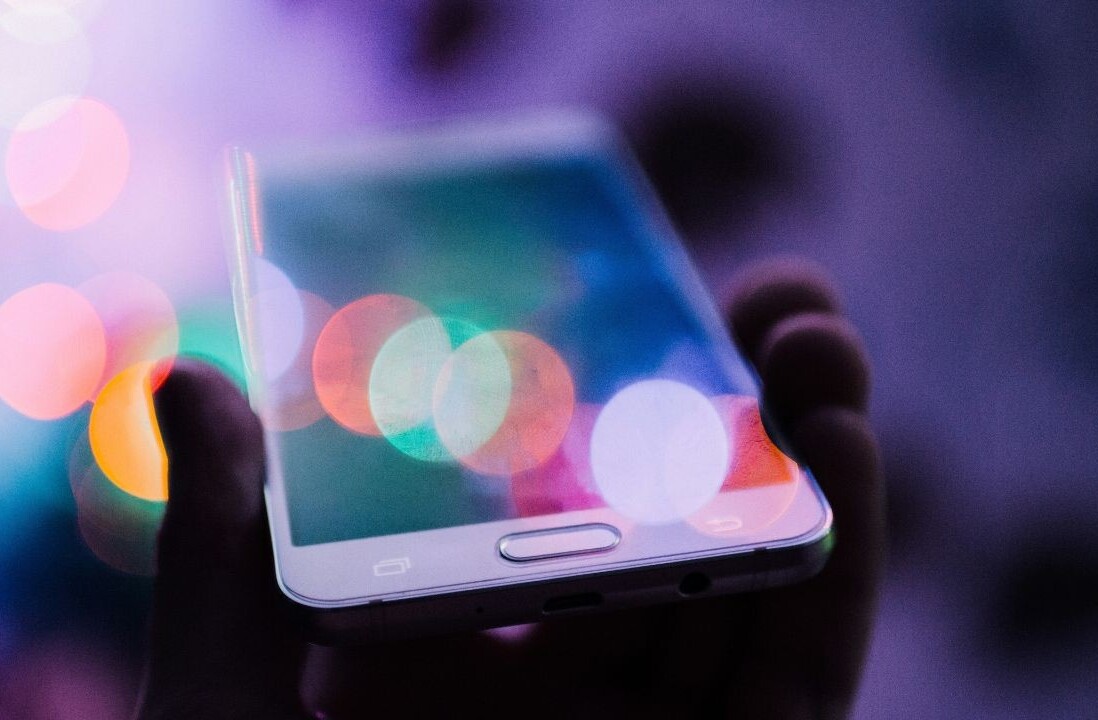
One of the foundational ideas in behavioral economics is that psychologically, the “pain of losing something is about twice as powerful as the pleasure of gaining,” according to BehavioralEconomics.com’s encyclopedia of concepts. It’s the reason why we humans hold onto things in our closets that we aren’t wearing; why we pay for gym memberships that we aren’t using. We ask ourselves, “what if?” We tell ourselves, “maybe one day.”
Loss aversion is the reason we see phrases like “last chance” or “hurry” in marketing campaigns so often. But for years now, marketers have been using these words to trigger responses from buyers. It’s no surprise that consumers are beginning to look at these trigger words as noise. Just look at this common list of email spam triggers from Econsultancy. Words related to “sale” and “soon” are known culprits for landing an email in a recipient’s junk mail folder. The idea is similar to what the Nielsen Norman Group has validated through their ongoing research on banner blindness: savvy consumers are unlikely to want to click on anything that looks like an ad.
So how can you use loss aversion as a force of good in your marketing? The success formula is simple:
- Gain an understanding of what, exactly, your target audience is afraid of losing, and understand the reason why, and
- Develop marketing campaigns that address their worries, empowering them with a solution.
Use aspirational messaging. Be real in your messaging. Aim to be a problem-solver, and help your users take constructive action. Here’s what this marketing strategy looks like for three popular mobile apps—and three ideas that can boost your conversion rates in a helpful, non-pushy way.
Share data that can help guide decision-making
Example: Redfin’s “hot home” data
Real estate markets like Salt Lake City, Seattle, Denver, San Francisco, and New York are booming — and it’s the homebuyers who act quickly who are in the position to win their bids. If you’ve ever been through the experience of house-hunting, you know how challenging the process can be. After a long day at work, it’s easy to just procrastinate. Not to mention, a home is a high-consideration purchase: buyers are likely taking their time deciding whether to tour a home or book a consultation with a real estate agent.
To encourage home buyers to take action sooner rather than later, Redfin engages app users by sharing data that can help with decision-making. Here’s a hypothetical example:
Let’s say that I am a homebuyer who is interested in purchasing a home in Seattle. Most likely, I’ve spent time in Redfin creating “favorites” lists and using the app’s features to stay organized during my housing search. I’m probably even using the app to manage my open house schedule.
Using this data, Redfin sends targeted emails to its users, sharing information that is tailored, relevant, and personalized to browsing patterns. Do you spot the element in this campaign that sparks our human instincts for loss aversion?

It’s the “hot home” alert that expresses the likelihood of a home selling in a certain number of days. The alert empowers consumers with helpful data that can inspire them to take action — no pushiness or overt salesiness necessary. Redfin also emails users with “new home alerts” and price drops to ensure that prospective homebuyers have the data they need to make the right decision for their home purchases.
Offer a friendly nudge
Example: ModCloth’s helpful email reminders
One of the biggest challenges that consumer-facing brands encounter is market fragmentation, according to PwC. That’s why e-commerce companies need to be creative about their shopper engagement strategy: to become a loved brand and a go-to destination for your audiences, you need to offer something more than what your competitors bring to the table. You also need a loyalty-building strategy that can keep your shoppers engaged.
Let’s say that you’re shopping on ModCloth.com, a retailer for women’s clothing. Imagine that it’s a Wednesday evening, and you’re on your train home from work. You decide to browse the ModCloth app and come across a product that you love. Rather than take out your credit card in a crowded area, you decide to add what you’re eyeing to your wish list: you’re doing the responsible thing and thinking through your purchase.
But once you get home, you’re tired. You forget about the item you wanted to buy, even though you really wanted it. Then, three days later, ModCloth sends you an alert to give you a heads up that inventory is running low.

It’s a helpful message. No sales push necessary. This alert simply takes your prior actions into account and offers the value that a good friend would — ensuring that you don’t miss out on something that you may have wanted.
Provide an added incentive
Example: 1-800-Flowers’ trigger-based push notifications with promo codes
In the world of consumer marketing, incentives are key. Marketers also need to make sure that they’re speaking directly to their buyers through every communication channel. The challenge, however, is that consumers’ attention spans are often spread thin. As a result, brands need to make an extra effort to ensure that their messages are on point. One easy way to drive this action? Offer an incentive or additional promotion that compels users to take action now.
One company that exemplifies this idea in its app marketing strategy is 1-800-Flowers. Looking to reduce shopping cart abandonment rates, a problem that results in lost revenue for almost every retailer, the flower delivery service implemented a push notification strategy to bring potential buyers back to the app to finish a purchase.
Using Appboy’s segmentation capabilities, 1-800-Flowers targeted app users who were close to making — but had not yet made — a purchase. Using A/B testing, the company determined that offering a promotional code to consumers would enhance abandoned cart conversions. Sending these promos to users over push notifications, the company was able to increase abandoned shopping cart conversions by 350 percent above the industry average.

In addition to reminding users to take action, 1-800-Flowers offered up an additional financial incentive for doing so now. The bottom line from this campaign? Reward your users for taking prompt action. Don’t just show them what they’re likely to lose: give them something to gain as a reward, too.
Final thoughts
Loss aversion can be a powerful conversion-driver for your brand. The key is to avoid inciting fear: Instead, focus on offering constructive information to your users. Help guide them through their decision processes, and provide a compelling reason for them to take action. You can alleviate your audience’s fear of loss by providing valuable suggested actions, and in the end, help them achieve their goals.
Get the TNW newsletter
Get the most important tech news in your inbox each week.




